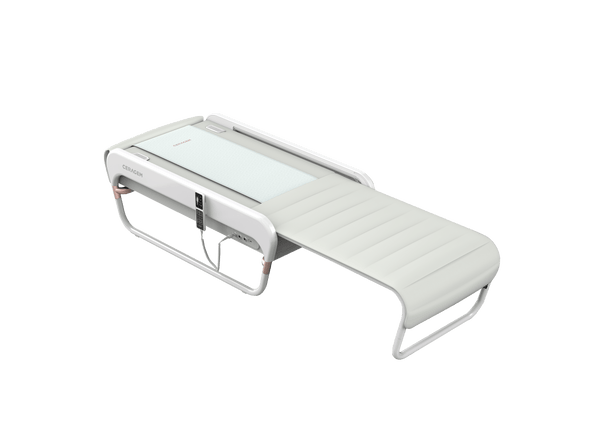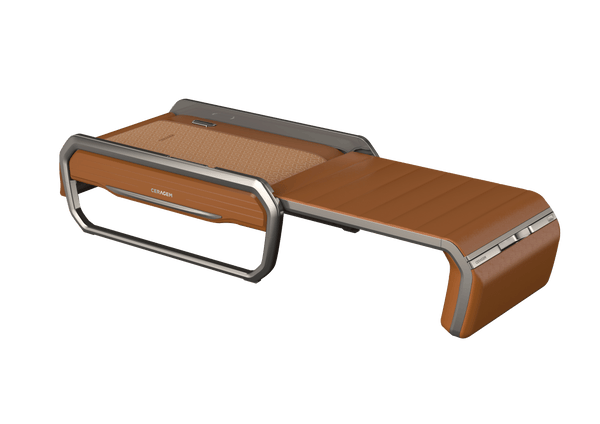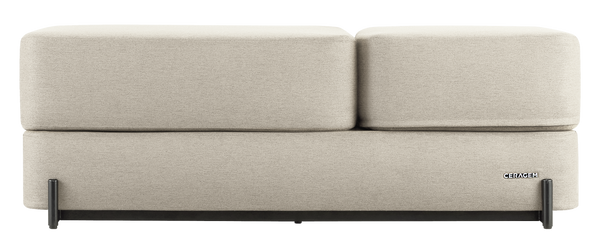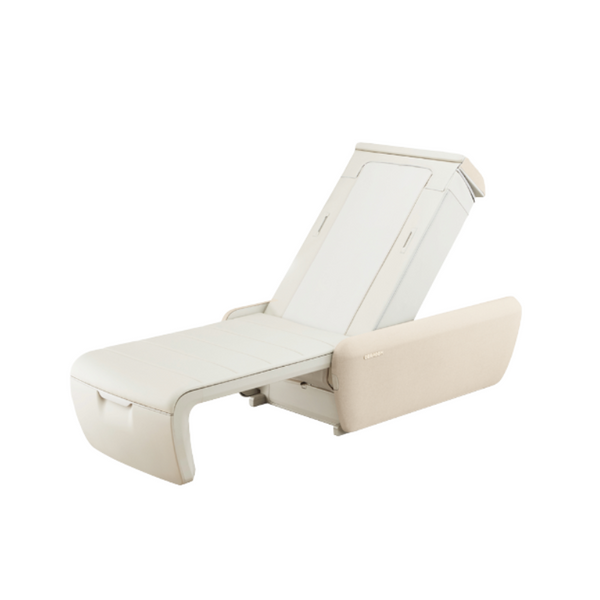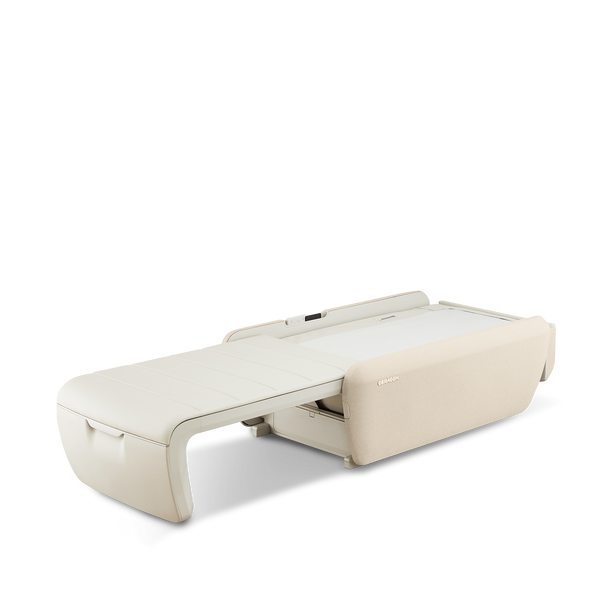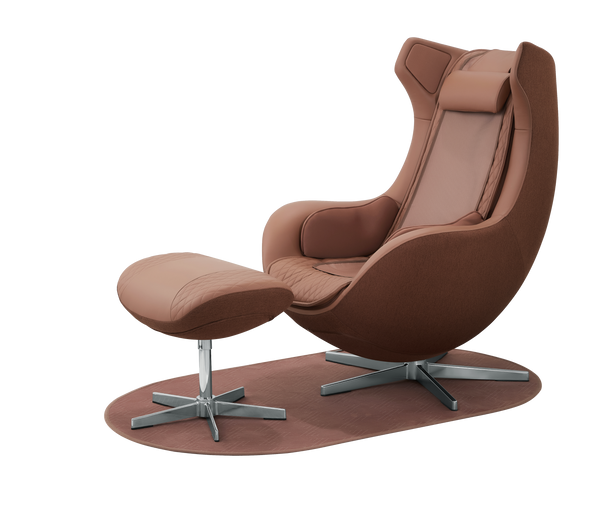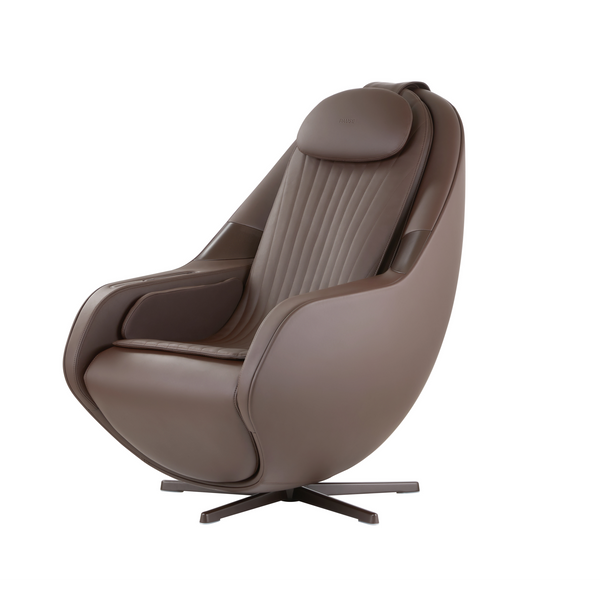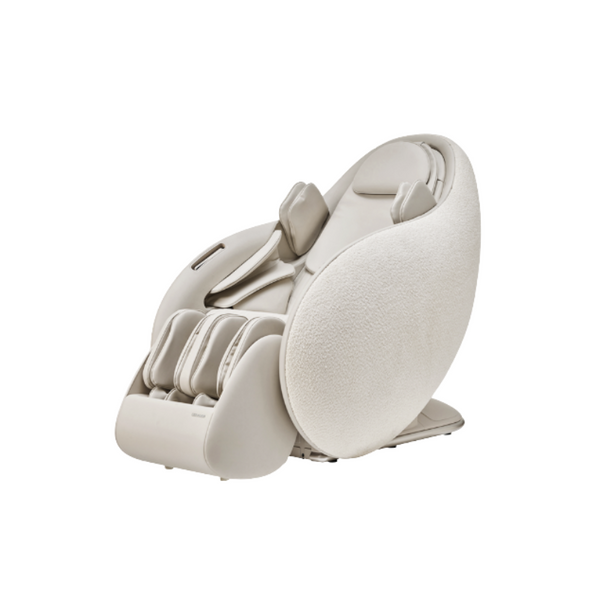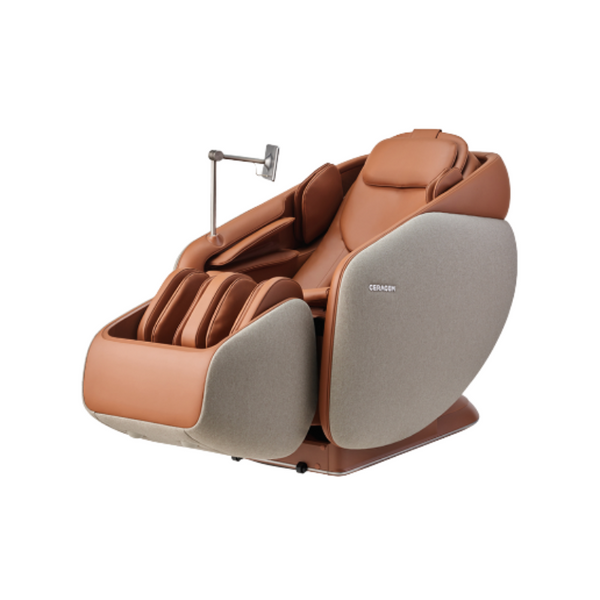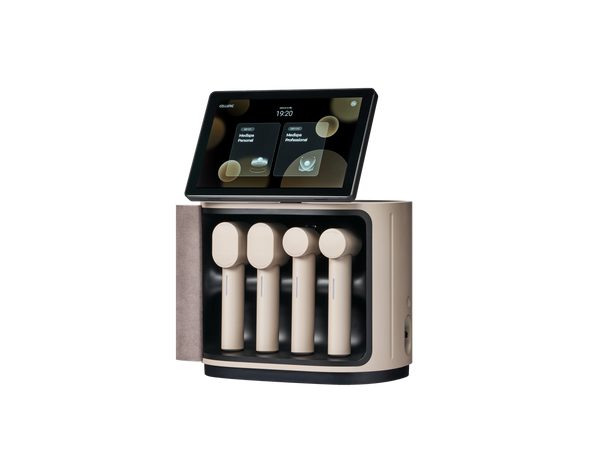In the high-stakes realm of sports, athletes are always on the lookout for methods to boost their performance and stay in optimal physical shape. One key strategy gaining attention is massage therapy. This blog addresses the question, "How often do athletes get massages?" and examines the various factors that shape their massage routines. We will explore the most beneficial types of massages for athletes and how to schedule them for maximum advantage, drawing insights from experts.
How Often Do Athletes Get Massages? The Role of Massage Therapy in Athletic Performance
Massage therapy is widely recognized for its role in promoting recovery, reducing injury risk, and enhancing overall athletic performance. The frequency of massages can vary significantly based on the sport, the athlete's training intensity, and individual recovery needs.
Frequency of Massages
The optimal frequency of massages for athletes depends on several factors, including the sport's physical demands, the athlete's training and competition schedule, and personal recovery rates. Generally, professional athletes might receive massages anywhere from once a week to several times a week. For instance, endurance athletes such as marathon runners or triathletes might benefit from more frequent sessions due to the high strain on their muscles. So the short answer to “How often do athletes get massages?” is that it depends on the individual.
A study published in the Journal of Athletic Training found that regular massage therapy can significantly reduce muscle soreness and improve circulation, which is crucial for faster recovery. Another article in the British Journal of Sports Medicine emphasized the importance of individualized massage schedules tailored to the athlete's specific needs and training demands.
Types of Massages Beneficial for Athletes
Athletes typically benefit from several types of massage, each offering unique benefits, including:
- Sports Massage: Designed to prepare the body for athletic activity or help it recover afterward. Often scheduled before competitions to enhance performance and post-competition to reduce muscle soreness.
- Deep Tissue Massage: Focuses on realigning deeper layers of muscles and connective tissue, especially beneficial for treating chronic aches and areas of muscle tension.
- Swedish Massage: A gentle form of massage that uses long strokes, kneading, and deep circular movements to help relax and energize.
- Trigger Point Massage: Targets tight muscle fibers that can form in your muscles after injuries or overuse.
- Thermal Massage Bed: At-home thermal massage beds combine heat therapy with various massage types to improve circulation, relax muscles, and enhance overall recovery.
Balancing Training and Recovery
Effective recovery strategies are essential for athletes to perform at their best. Massage therapy is a cornerstone of these strategies, helping to balance training intensity with adequate recovery. According to a review in the International Journal of Sports Physical Therapy, massage therapy aids in reducing inflammation and improving muscle function, thereby enhancing an athlete's ability to train harder and more frequently.

Individualized Approach
There’s no one answer to the question, “How often do athletes get massages?” It's important to recognize that each athlete's body responds differently to training and recovery methods. As such, massage schedules should be personalized. Some athletes may find that more frequent massages help them stay limber and reduce the risk of injury, while others might need less frequent sessions but longer-duration treatments.
Consulting with healthcare professionals and massage therapists can help athletes develop a massage routine that complements their training regimen and addresses their specific recovery needs. For example, a sprinter might benefit from shorter, more frequent massages focusing on the legs, while a swimmer might need less frequent, full-body sessions to address overall muscle fatigue.
The Convenience of Modern Massage Solutions With Ceragem
Maintaining a regular massage therapy routine can be challenging due to time constraints and the need for professional therapists. This is where innovative solutions like Ceragem’s massage equipment come into play. Designed to meet the diverse needs of athletes, Ceragem products offer a practical way to incorporate regular massage therapy into their routines. These devices provide benefits similar to professional massages, such as improved flexibility, reduced muscle tension, and enhanced recovery, supporting athletes in achieving and sustaining peak performance levels.
By integrating regular massage therapy, either through professional therapists or advanced massage equipment like Ceragem, athletes can enhance their recovery, prevent injuries, and maintain high performance. Still unsure of the answer to the question, “How often do athletes get massages?” contact the experts at Ceregem, try one out for yourself at a local showroom, or become a member today!

